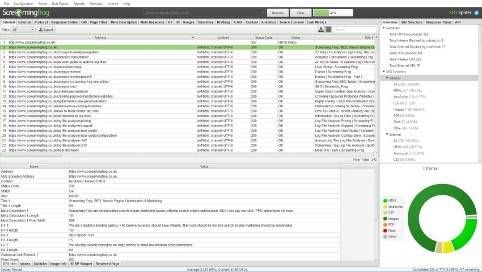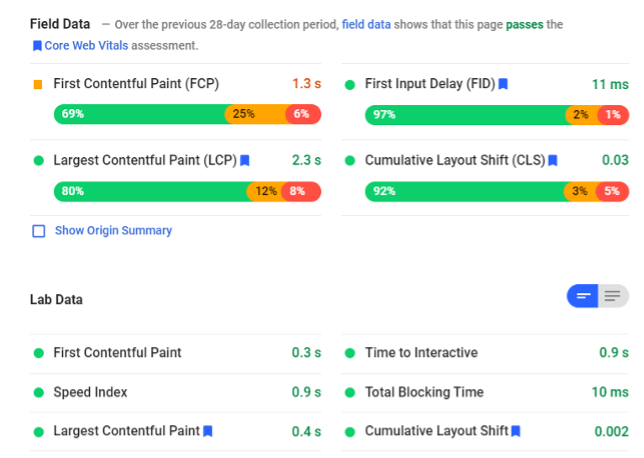John Smith
You have 4 new messages
You have 4 new messages

The sitemap is a file that is used to indicate to search engines what contents are present on a site and how they are hierarchically organized: pages first of all, but also videos and other types of files. As the term suggests, it is essentially a map of the site and an overview of its contents. But a map for whom? And for what purpose?
[divilifeshortcode id=’9530′]
What is the purpose of a sitemap within the site? Each engine continuously scans the network to have an always updated picture of the pages available. Engine bots such as Google’s Googlebot have a budget of pages available for each site (crawl budget), after which they move on to the next site.

The main purpose of the sitemap is precisely to make it easy for crawlers to find out which pages are most important to us and how they are related to each other through the information architecture and navigation links, avoiding the risk that some of them will not be analysed.
As mentioned, the sitemap is a text file, which can be saved and distributed in two main formats:
HTML format was created first, and it has been used until Google introduced XML format. Since then, the XML format has become the standard adopted by most search engines and consequently the most used by webmasters.
As mentioned above, a sitemap can contain not only pages: there are in fact specific sitemaps for images, videos or other types of content.
A sitemap is structured with hierarchical nodes like a normal HTML or XML page. Each node corresponds to a page, and within each node tags with specific attributes can be added about the priority, last modification date, etc.

An XML sitemap can contain different types of information in the form of metadata. Here are some of the data that you can include:

Multilingual sites can be managed with different sitemaps for each of the languages or with a multilingual sitemap: this interesting article shows how to manage sitemaps in multilingual sites.
If used intelligently, these parameters can allow us to better target crawlers, especially in the case of sites with many pages.
Even if Google – just to talk about the most used among search engines in Italy and Europe – has never said that it relies on sitemaps to index content on its databases, it is still an indication that we pass to the search engines that should hopefully make their scanning work easier and more efficient without wasting resources.
About the ranking factors, namely the elements that search engines take into consideration to decide the positioning in the SERP, there have always been endless discussions and endless lists of ranking factors. The truth is that there is no guarantee that having a sitemap offers measurable advantages in terms of ranking.
Authoritative sources have studied the possible impact of the sitemap on ranking, coming to conclusions that have no absolute scientific value but can help us to evaluate its weight. According to Search engine journal, the sitemap has an effect on indexing but not on ranking. So, having a sitemap helps crawlers to index the site more precisely but does not constitute an advantage for ranking.

Implementing a sitemap is not a complex activity and does not require special skills. It can be very useful for some sites and less for others. What are the sites that can most benefit from it? According to Google:

Since it is simply a more or less structured text file, a sitemap can also be written by hand. However, given that it can be very complex and mainly requires repetitive steps, over time various more or less automated tools for creating sitemaps have been designed.
A sitemap can be created in various ways. CMS such as WordPress have plugins available that automatically create a sitemap by setting some parameters relating to the type of content to be added (pages, articles, category pages, products, etc.).

There are also several online tools for the automatic generation of sitemaps, such as Sitemaps XML. These tools allow you to generate a sitemap by configuring it directly from the interface, but alternatively they can also generate them server-side through a PHP script.
Finally, we can generate a sitemap with some of the most popular SEO tools such as Screaming Frog.
The file containing the sitemap instructions must be loaded in the folder above the one of the indicated pages. It is then usually inserted into the root of the site.
There are essentially two ways to get the sitemap analysed by search engine bots:
The two methods are not alternative, it is in fact advisable to adopt both. The first involves uploading it directly to the platform, by requesting Google to examine it. The platform will immediately give an answer about the suitability of the format.
The second method consists simply in adding a string of code in the robots file that indicates the address of the sitemap.

In conclusion, although there is no clear evidence that having a sitemap is advantageous for indexing and even less for positioning purposes, given the low cost in terms of time to implement it, we can say that it is worth doing.
All the more so if you manage a site with features such as those listed above: large, complex sites, with many media or news continuously updated, etc.



